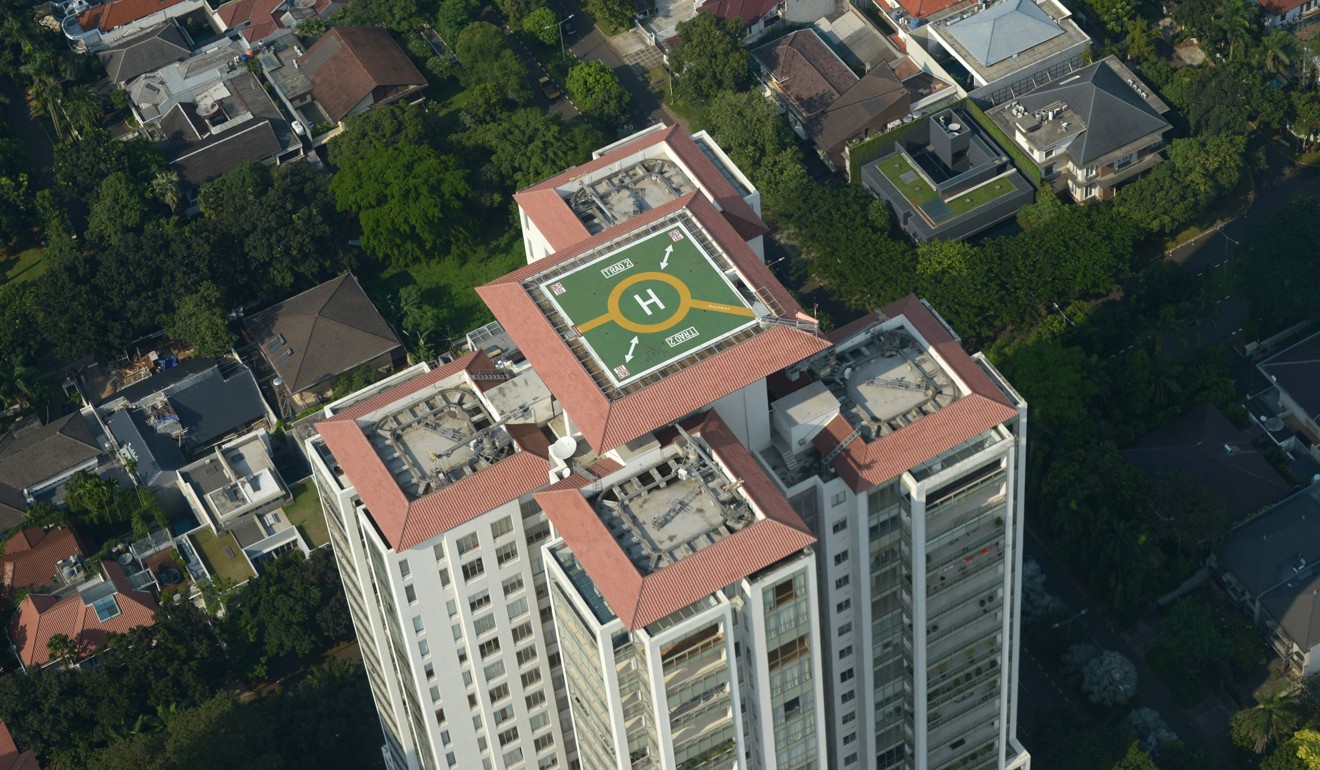
The commuters using helicopter taxi apps to beat megacity traffic jams without spending a fortune
Helicopter charters are nothing new, but a new generation of cheaper chopper hailing apps makes it possible for anyone with a smartphone, a credit card and a few hundred US dollars to nip across Asia’s megacities high above the congestion
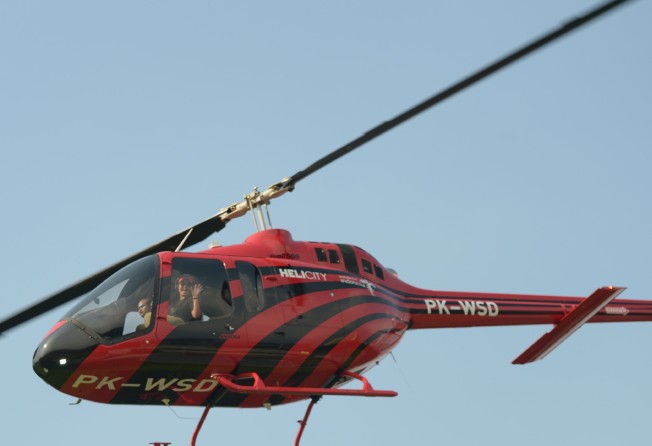
Within minutes of using an app to book a ride, Agostino Fernandes is looking down on lush greenery from a helicopter taxi high above Bangalore. He has used one of several Uber-style chopper services taking off to help commuters tackle increasingly congested megacities.
In less than 30 minutes – a quarter of the time it would have taken by road – Fernandes is strolling through Kempegowda International Airport to his gate.
“It’s much better than the usual car or taxi because it saves time,” he says.
“And for a city like Bangalore, which they call India’s green capital because of the parks and gardens, you get a very nice view.”
From New York to Jakarta, chopper hailing services are helping commuters beat the traffic chaos.
Private helicopter charters have been available for decades – at a price – but the latest services are far cheaper and more accessible to the public, allowing anyone with a smartphone and a credit card to order a ride with relative ease.

“That can be replicated throughout other cities and countries in the Asia-Pacific,” he says.
Another similar service was recently launched in the Indonesian capital, Jakarta, a chaotic metropolis of over 10 million people, which suffers some of the world’s worst traffic.
Operated by Whitesky Aviation, Helicity now has about 60 customers each month, mostly from the business world.
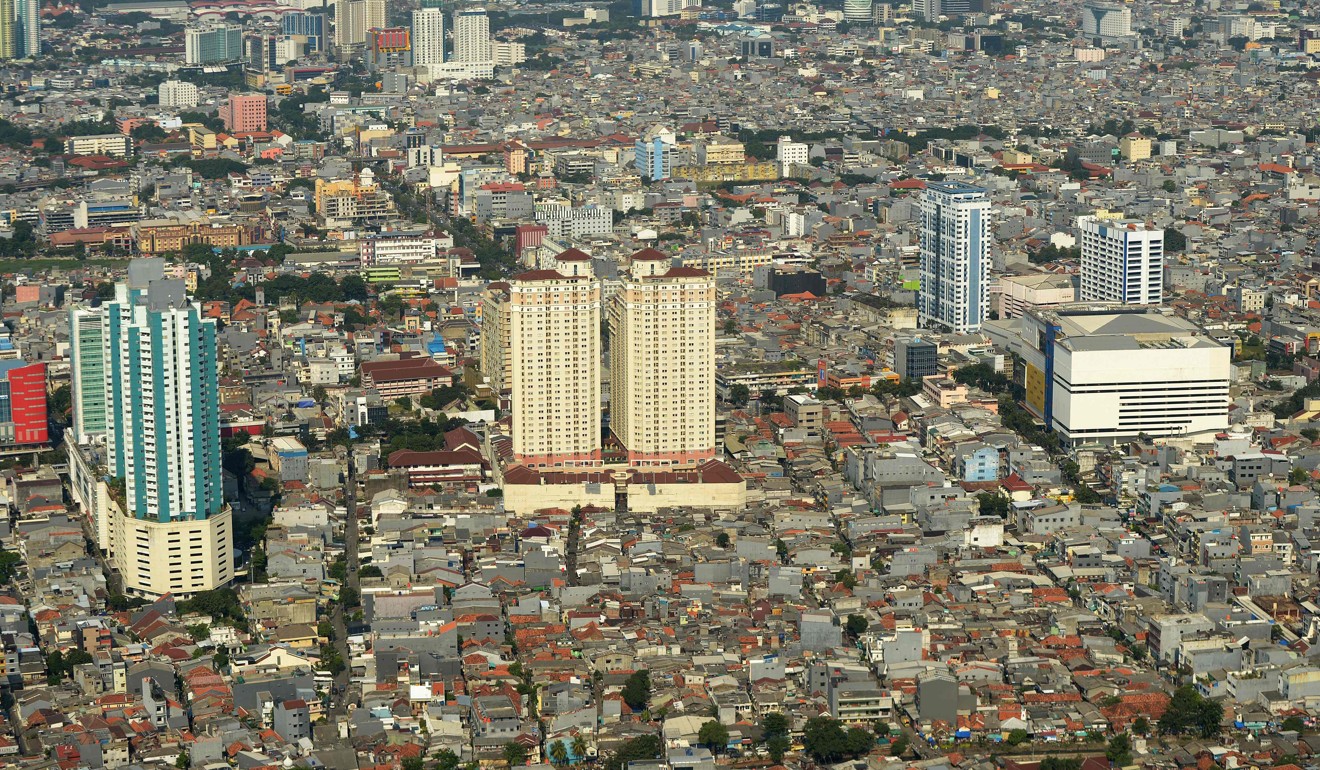
While it offers an alternative to sitting in traffic for hours and is cheaper than private charters in the past, the prices are nevertheless out of reach for most people in Jakarta, where the monthly minimum wage is about US$250.
And it has not all been easy going for Whitesky – one of its helicopters crashed last month on Indonesia’s central Sulawesi island as it flew over a mining area, killing one person on the ground and injuring four passengers.
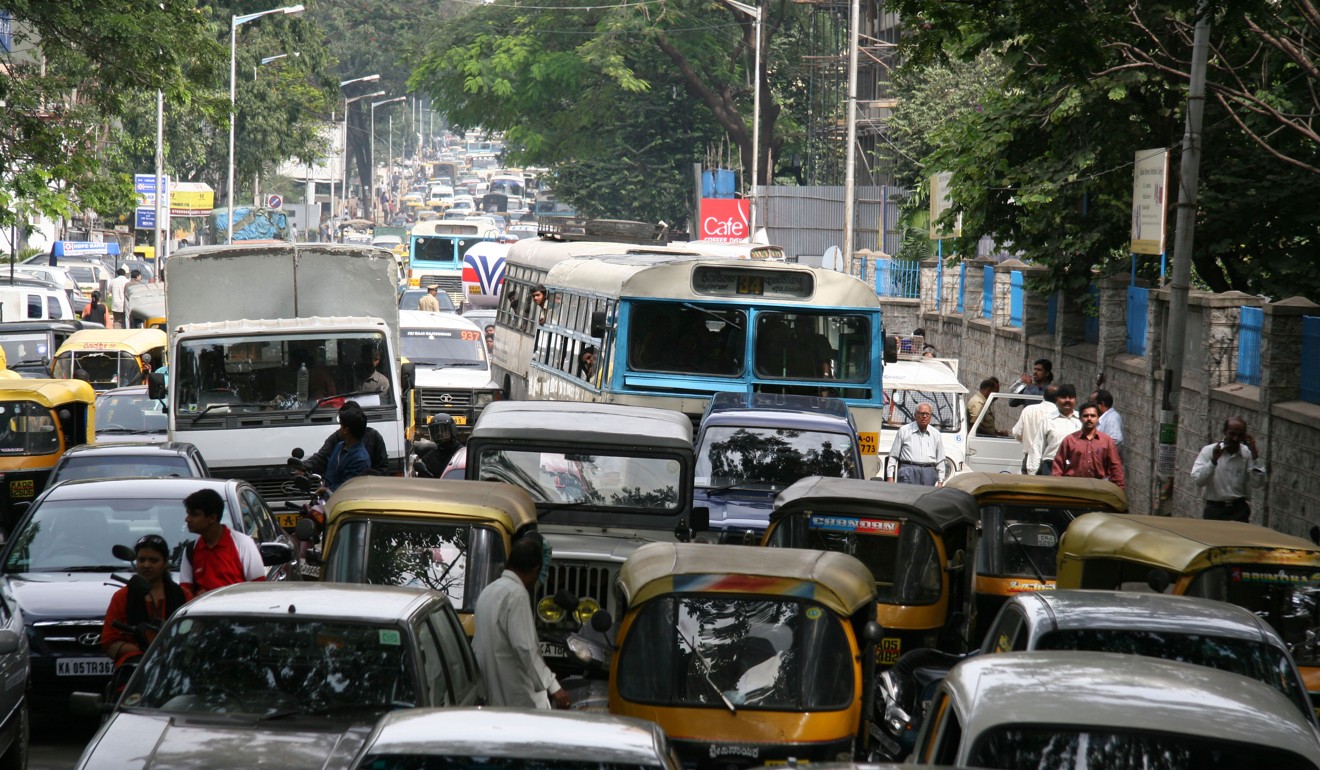
In Bangalore, one of India’s most congested megacities, HeliTaxii launched in March, offering a seat in a helicopter from the airport to IT industrial park Electronic City (the same journey that Fernandes took) for about US$65 per person.
In Sao Paulo, Brazil, the app Voom offers a 30km helicopter ride to the airport for about US$150 – 10 times cheaper than private charters in the past – while in New York, a chopper-hailing service ferries people between downtown and surrounding airports.
Despite the growth of such apps, industry players warn there are still major hurdles.
One is finding suitable take-off and landing sites, particularly in Asian cities. Helipads have been springing up rapidly in recent years but a large number are private and observers warn many have not been certified safe by aviation authorities.

“We are in the process of increasing operating hours, so it can become a 24/7 operation,” he says. “We hope this type of new regulation will allow us to grow the business.”
The company has big expansion plans: in 2016, it signed a 30-helicopter deal with Bell and will receive two Bell 505s every year until the deal is completed. It also has several fixed-wing aircraft in its fleet.
Similarly in Bangalore, Helitaxii is only allowed to fly from 6.30am to 10am, and in a later slot between 3pm and 6pm.
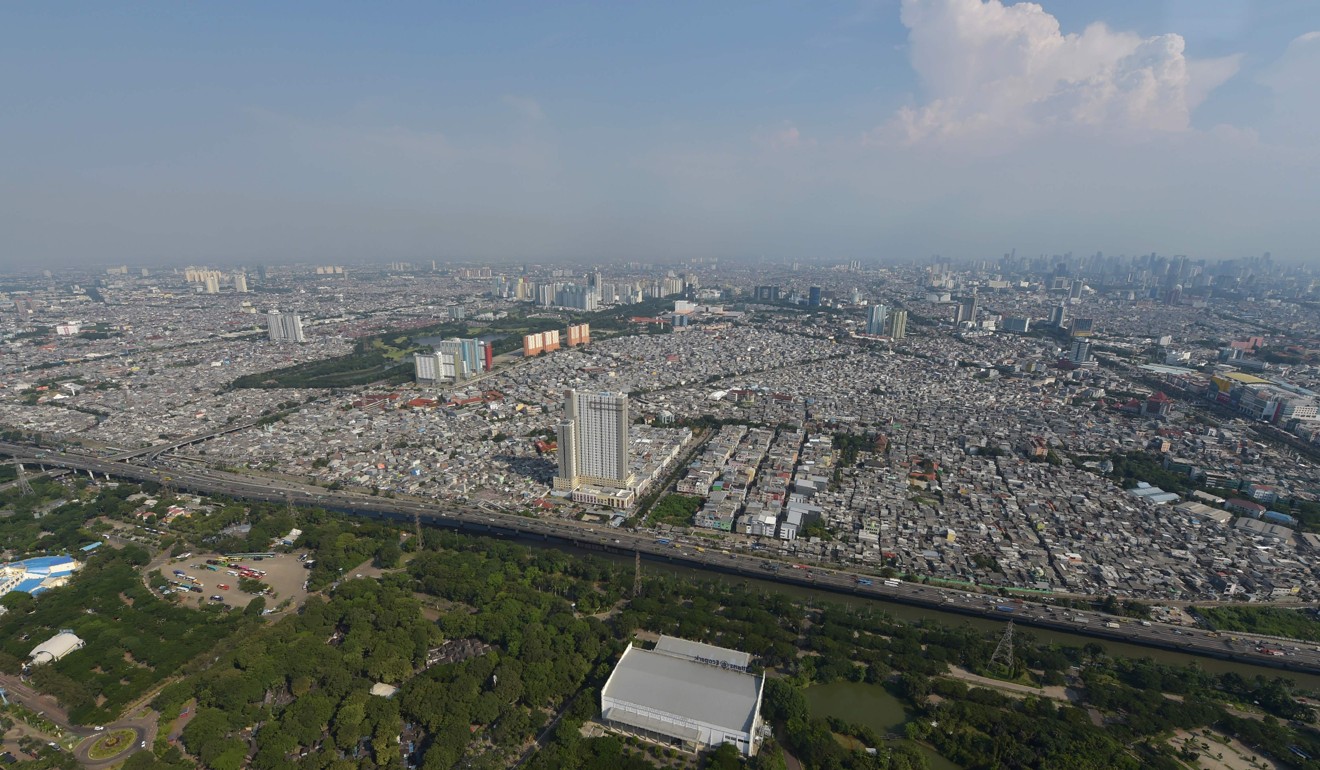
Saj Ahmad, chief analyst at consultancy StrategicAero Research, also cautions there is much uncertainty surrounding the nascent industry and how it will operate.
“Will there be further security screenings?” he says. “What sort of passengers will be allowed on these flights?”